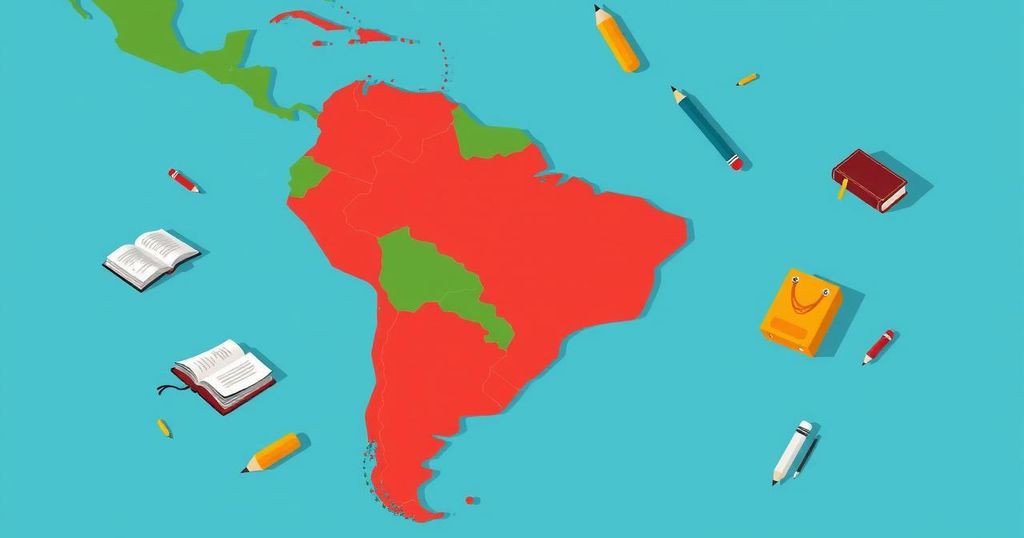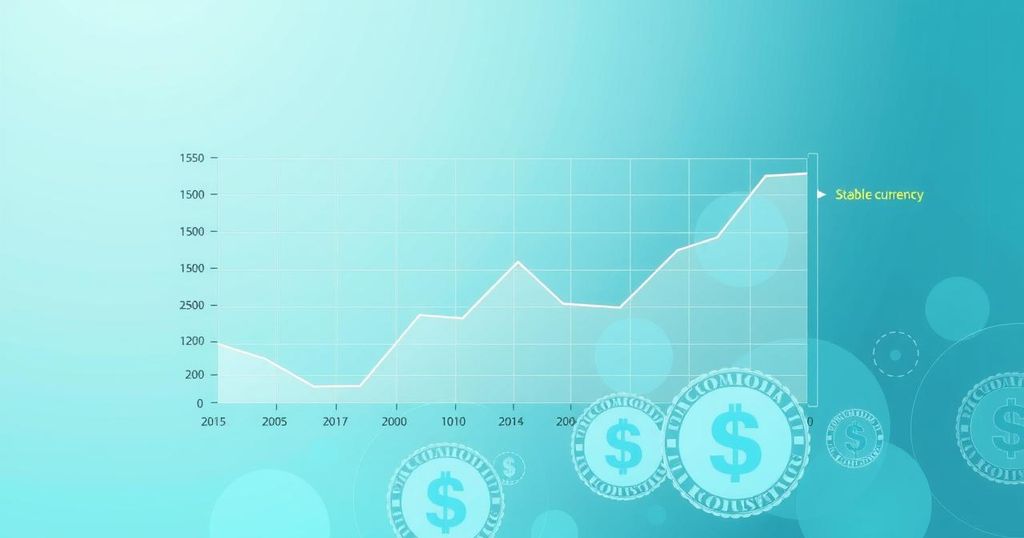economics
BRAZIL, CECILIA ADROGUÉ, CECILIA ADROGUE, COLOMBIA, CUBA, EDUCATION, EUGEN, EUGENIA ORLICKI, INFLATION, LATIN AMERICA, NORTH AMERICA, OECD, PERU, RESEARCH, SCHOOL OF EDUCATION AT UNIVERSIDAD AUSTRAL, SOUTH AMERICA, STUDENTS, UNITED STATES, UNIVERSIDAD AUSTRAL, UP, UPI
Leila Ramsay
0 Comments
Brazil and Peru Show Biggest Gaps in Student Outcomes in Latin America
- Brazil and Peru have the highest student outcome disparities in Latin America.
- The report evaluates reading and math proficiency among 15-year-olds.
- Socioeconomic background and gender are major factors in student performance.
- Girls outperformed boys in reading comprehension across the region.
- In math, Brazil had the highest inequality, with low-income students lagging.
Brazil and Peru lead in education inequality across Latin America.
Education inequality is becoming an issue not just for one country but for many across Latin America. According to a recent analysis by the School of Education at Universidad Austral, notable discrepancies in student achievement are seen especially in Brazil and Peru. This research builds off the 2022 PISA test scores from the OECD, shedding light on how socioeconomic background and gender contribute significantly to educational outcomes in the region.
Socioeconomic factors heavily influence student success rates.
The report covers seven countries: Argentina, Brazil, Chile, Colombia, Mexico, Peru, and Uruguay. It specifically examines the performance of 15-year-olds in reading and math proficiency in relation to their socioeconomic status and gender. Notably, in reading, the disparities are glaring; for every three high-income students who demonstrate comprehension, only one low-income student achieves the same level. Countries like Chile and Uruguay demonstrate less disparity, but Brazil and Mexico present a mixed bag of results, falling somewhere in the middle.
Data reveals persistent gender gaps in student performance.
Math outcomes reflected even deeper divides, with Brazil recording the highest inequality levels; only one low-income student meets basic standards for every five high-income students who do. The findings are consistent across the region: low-income boys outperform low-income girls, while girls of higher income typically excel in math unless they are from Mexico or Peru. The research highlights a troubling trend: low-income girls face a dual disadvantage, falling behind both their wealthier counterparts and the boys in their socioeconomic group. The authors underline the importance of targeted policies to address these persistent gaps, emphasizing the need for literacy programs and early childhood education improvements.
In summary, the report sheds light on the troubling educational inequalities across Latin America, particularly in Brazil and Peru. The disparities driven by socioeconomic conditions and gender underscore the need for targeted educational reforms. If inclusive practices are to be effective, the educational system must ensure that all students are genuinely learning and achieving their full potential.




Post Comment